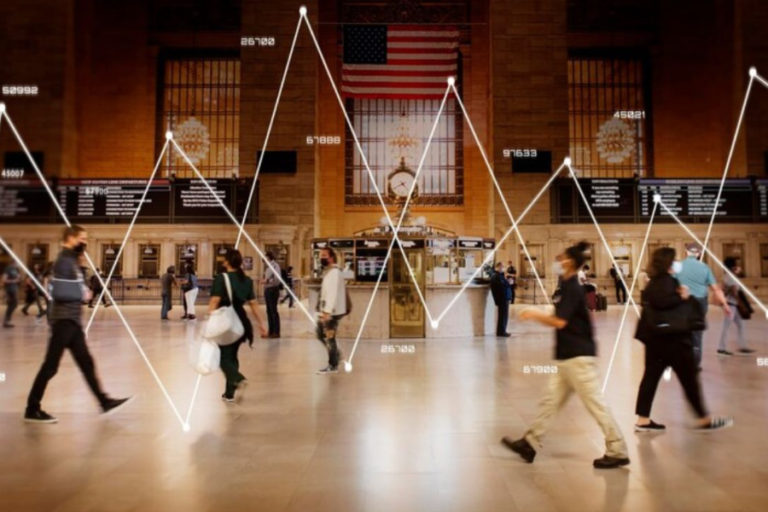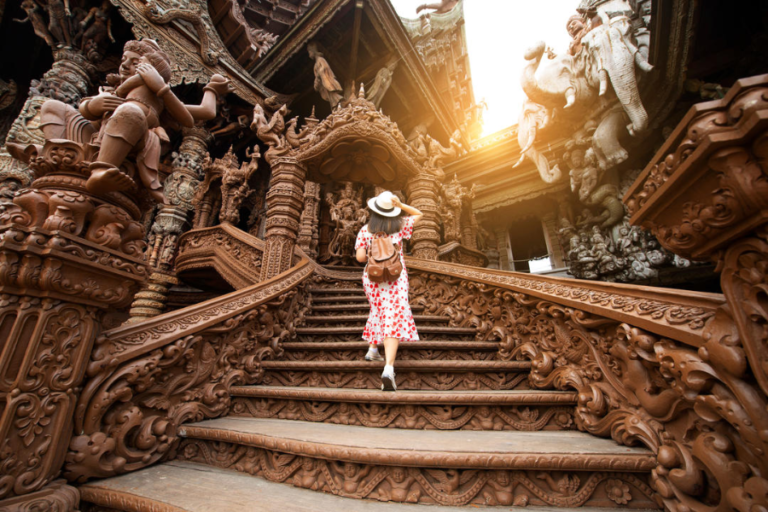Mizukando: The Japanese Concept Connecting Water and Emotional Clarity And More Explained
You’ve probably never heard of the word mizukando, and that’s exactly what makes it so captivating. It’s not a term you come across every day—it sounds like something out of ancient mythology or a hidden story. At first glance, mizukando might make you think of a secret land, a hidden temple, or perhaps a tranquil place surrounded by water.
But what exactly is mizukando? Is it a physical location, an idea, a mindset, or something else entirely? The truth is, it’s a concept with many layers. Mizukando weaves together spiritual practices, cultural influences, and even creative expression. Whether it’s part of a broader philosophical framework or stands alone as an abstract idea, one thing’s certain—it sparks the imagination.
In this article, we’ll delve into what mizukando really is. We’ll explore its potential meanings, origins, and why it resonates with people today. Prepare for an exciting journey into serene waters—mizukando will take you on an unforgettable adventure.
Mizukando: A Whisper of Water and Mystery
Unpacking the Meaning of Mizukando
At its heart, mizukando is made up of two Japanese words: “mizu,” meaning water, and “kando,” which refers to a sensation, emotion, or awe. Combined, the word suggests an emotional or sensory experience tied to water. It’s a poetic term that captures the peace, depth, and power that water represents.
But mizukando isn’t just about physical water—it holds a deeper meaning. It can symbolize a spiritual journey, a state of consciousness, or even the emotional currents that flow through our lives. Picture the calm of a still lake, the surge of a waterfall, or the steady flow of a river. These images all reflect different forms of mizukando.
Water as a Metaphor in Mizukando
Throughout history, water has been a powerful metaphor, representing life, change, and renewal. In the context of mizukando, water takes on even greater meaning:
- Flow & Change: Water is always in motion, adapting and transforming. Similarly, mizukando represents the continuous flow of life and emotions, shifting like water through various phases.
- Purity & Clarity: Water often symbolizes purity in spiritual traditions. Mizukando could signify moments of emotional clarity when the “waters of the mind” calm, allowing deeper insights to surface.
- Depth & Mystery: Like the depths of an ocean, mizukando represents the unknown, the mysterious aspects of life. It reminds us that not everything is visible on the surface, much like the hidden depths of water.
Origins and Cultural Roots of Mizukando
Where did mizukando come from? Though it may seem new, the concept likely draws from Japanese spirituality, artistic traditions, and a reverence for nature. Japan’s deep connection to water and nature makes it a fitting birthplace for such an idea.
Water in Japanese Spirituality
In both Shinto and Buddhist practices, water holds significant spiritual value. It’s often used as a symbol of purification and renewal. Many Japanese shrines have a chozuya, a basin where visitors wash their hands to cleanse both body and spirit before entering.
In this sense, mizukando could represent a type of emotional or mental purification. Rather than cleansing the body, it clears away the emotional and mental clutter, offering a sense of inner calm and renewal.
Artistic and Aesthetic Echoes of Mizukando
You can also find reflections of mizukando in Japanese art, such as traditional ink wash paintings that capture entire landscapes with a single brushstroke. These artworks often feature flowing rivers, misty mountains, or serene lakes—each scene inviting quiet reflection and embodying the essence of mizukando.
In today’s world, many artists are starting to incorporate the themes of mizukando into their work, consciously or not. Water has become a central theme in modern photography, installation art, and even digital spaces, capturing that same sense of mystery and emotion.
Bringing Mizukando Into Your Life
Curious about how to bring mizukando into your everyday life? Here are a few practical ways you can tap into its power through mindfulness, creativity, or simply embracing the flow of life.
1. Practice Water Meditation
Water meditation allows you to experience mizukando firsthand. By aligning your mind with the flow of water, you can find calm and clarity.
Steps for Water Meditation:
- Find a quiet spot by a body of water (or even in your bathtub!).
- Sit comfortably, close your eyes, and focus on the sound or movement of the water.
- Let your thoughts drift like water—acknowledge them, but don’t hold on to them.
- Take deep breaths, matching your breathing with the rhythm of the water.
This practice helps you connect with nature and your emotions, bringing mizukando into your life.
2. Embrace the Creative Flow
Artists often speak of getting “in the zone,” where creativity flows effortlessly. This state is pure mizukando. The next time you’re engaged in a creative activity, allow yourself to let go and flow with the process.
- Let it happen: Don’t force ideas—let them come naturally, like water following its course.
- Enjoy the process: Rather than focusing on the final product, immerse yourself in the act of creating. Every step, whether a mistake or a success, is part of the flow.
3. Go with the Flow in Life
Mizukando reminds us that not everything can be controlled, and that’s okay. Sometimes, you have to trust the current and go with the flow.
- Adapt to change: Like water taking the shape of its container, try to stay flexible when life throws challenges your way.
- Let go of control: Instead of resisting, allow life to unfold naturally. You may find yourself in unexpected, but wonderful, places.
Incorporating mizukando into your life isn’t about mastering a specific practice—it’s about embracing the natural flow of things, both in the world and within yourself. So, why not take a step back, breathe, and let mizukando guide you on a journey of peace and self-discovery?
Summary:
Mizukando is a Japanese concept that intertwines water and emotional clarity. The word “mizukando” is derived from “mizu” (water) and “kando” (sensation, emotion, or awe). It symbolizes the emotional and sensory experience associated with water, capturing its poetic essence. Mizukando reflects life’s flow, emotional purity, and the depth of personal and spiritual mystery, representing both physical water and metaphorical journeys.
The article explores the cultural roots of the term, linking it to Japanese spirituality, art, and the reverence for water in Shinto and Buddhist traditions. Water, as a spiritual symbol, signifies purity and emotional clarity. Mizukando also appears in Japanese art, especially in traditional ink wash paintings, highlighting its connection to serenity, creativity, and reflection.
The article offers practical ways to embrace mizukando in everyday life through water meditation, creativity, and adopting a go-with-the-flow mindset. It encourages mindfulness, emotional clarity, and creative flow by embracing the natural rhythms of life and water.
Key Facts:
- Meaning: Mizukando combines “mizu” (water) and “kando” (emotion), representing emotional and sensory experiences tied to water.
- Symbolism: Water is a powerful metaphor for life’s flow, emotional clarity, and hidden depths in mizukando.
- Cultural Roots: It draws from Japanese spirituality (Shinto and Buddhism) where water signifies purification and renewal.
- Artistic Influence: Reflected in Japanese ink wash paintings, mizukando connects to the aesthetic beauty and spiritual tranquility of water scenes.
- Life Application: Mizukando can be incorporated through water meditation, creative flow, and adapting to life’s changes like water.
FAQ:
1. What does “mizukando” mean?
Mizukando is a Japanese concept combining “mizu” (water) and “kando” (emotion or awe), representing a sensory and emotional experience tied to water, symbolizing flow, emotional clarity, and spiritual depth.
2. Is mizukando a real word or concept in Japanese culture?
While not a widely recognized term in mainstream Japanese language, it appears to draw from traditional Japanese spiritual and artistic influences, particularly around the symbolism of water in life and emotions.
3. What are some examples of mizukando in everyday life?
Mizukando can be practiced through water meditation, creative activities where you flow naturally with the process, and by going with the flow in life, adapting to changes and challenges with flexibility.
4. How does mizukando relate to Japanese spirituality?
Mizukando connects to the spiritual use of water in Shinto and Buddhist traditions, where water symbolizes purification and renewal, providing emotional and mental clarity.
5. How can I practice mizukando in daily life?
You can incorporate mizukando by meditating near water, embracing creativity, and practicing mindfulness to flow with life’s changes, like water adapting to its environment.
6. Can mizukando help with emotional clarity?
Yes, mizukando can help bring emotional clarity by encouraging you to align with the flow of life, letting go of mental clutter, and embracing calm, much like the stillness of water.
7. Is mizukando related to art?
Yes, mizukando is reflected in Japanese art, especially in serene water-based landscapes in traditional ink wash paintings, symbolizing tranquility and deep reflection.
8. How is water significant in mizukando?
Water in mizukando represents flow, adaptability, purity, and mystery. It serves as both a literal and metaphorical element, reflecting life’s emotional and spiritual currents.
9. How can mizukando improve creativity?
By embracing mizukando, you allow your creativity to flow naturally, focusing on the process rather than the outcome, similar to how water flows without resistance.
10. Can mizukando help me handle stress?
Yes, by adopting the principles of mizukando—going with the flow, adapting to change, and releasing control—you can reduce stress and find emotional balance, much like the calming effects of water.
Get the latest updates and expert insights at Objectiverelease.com.






